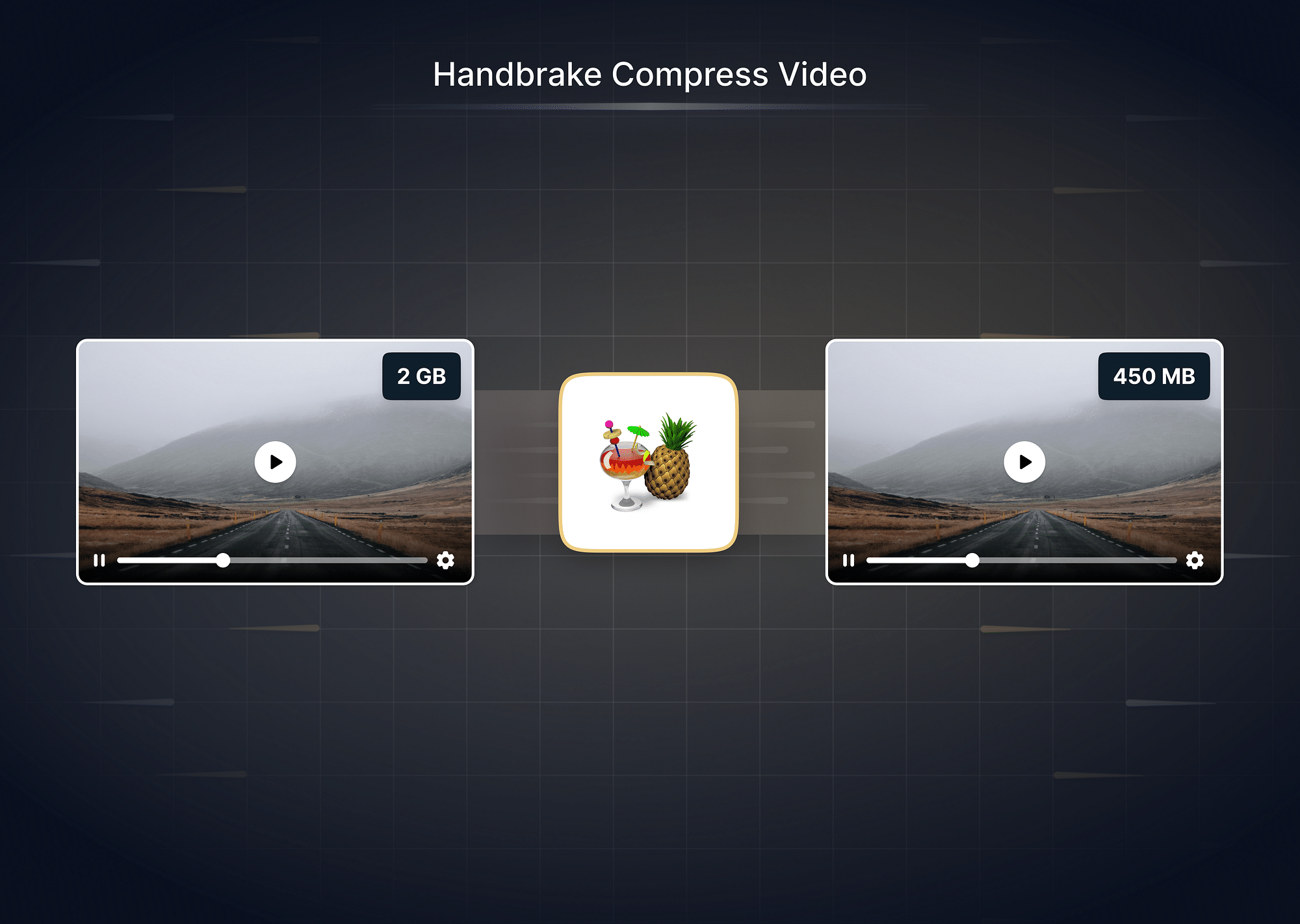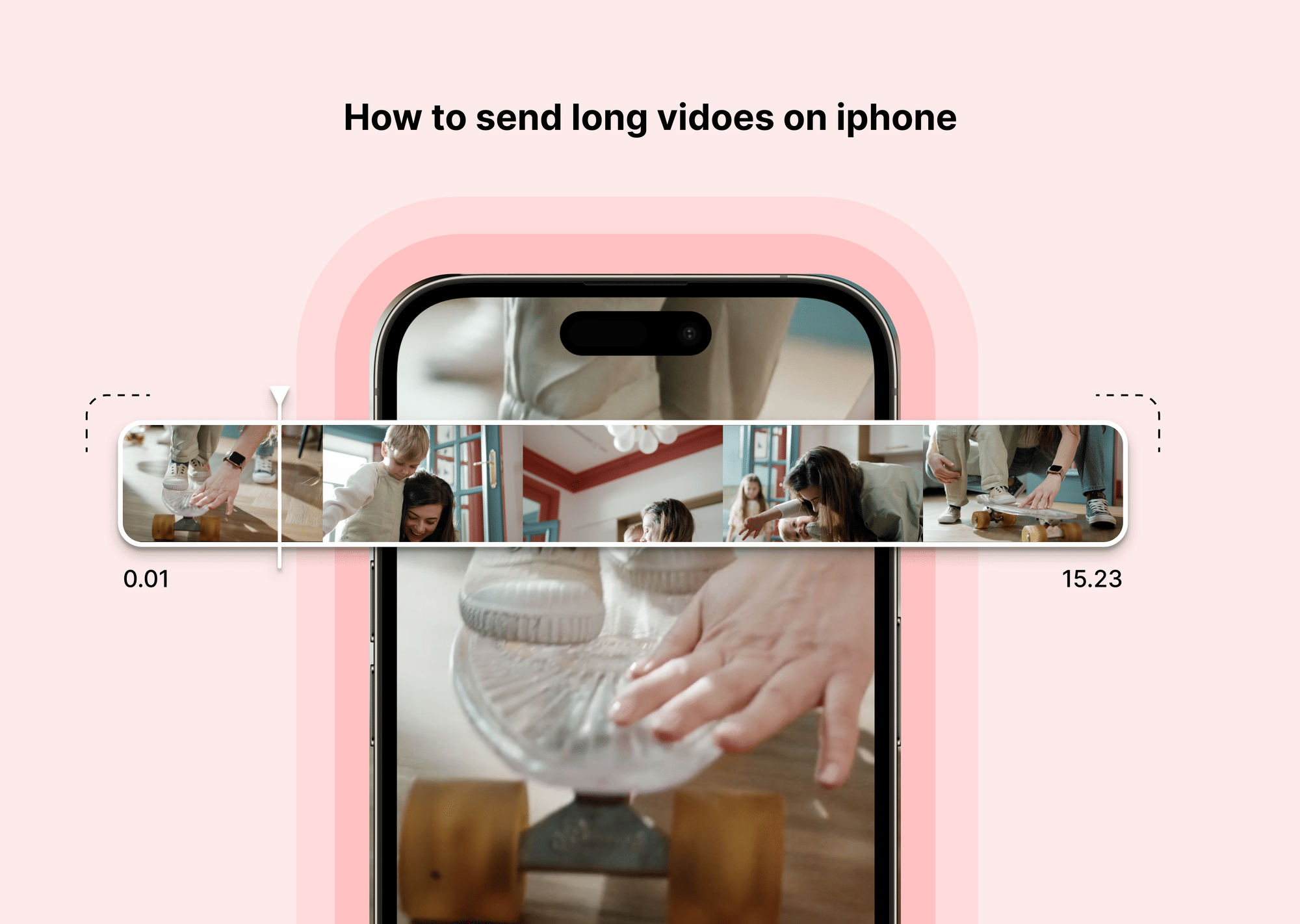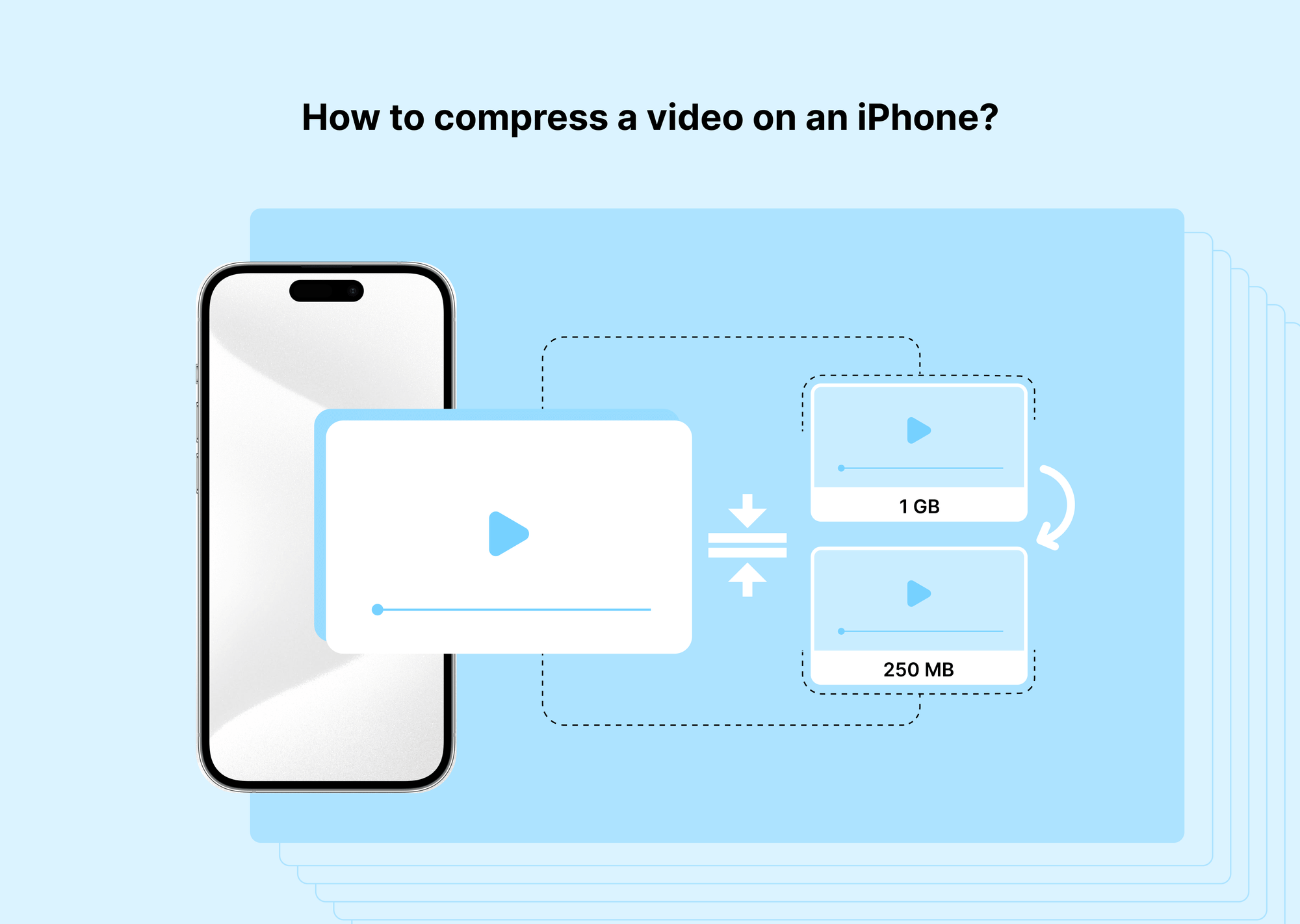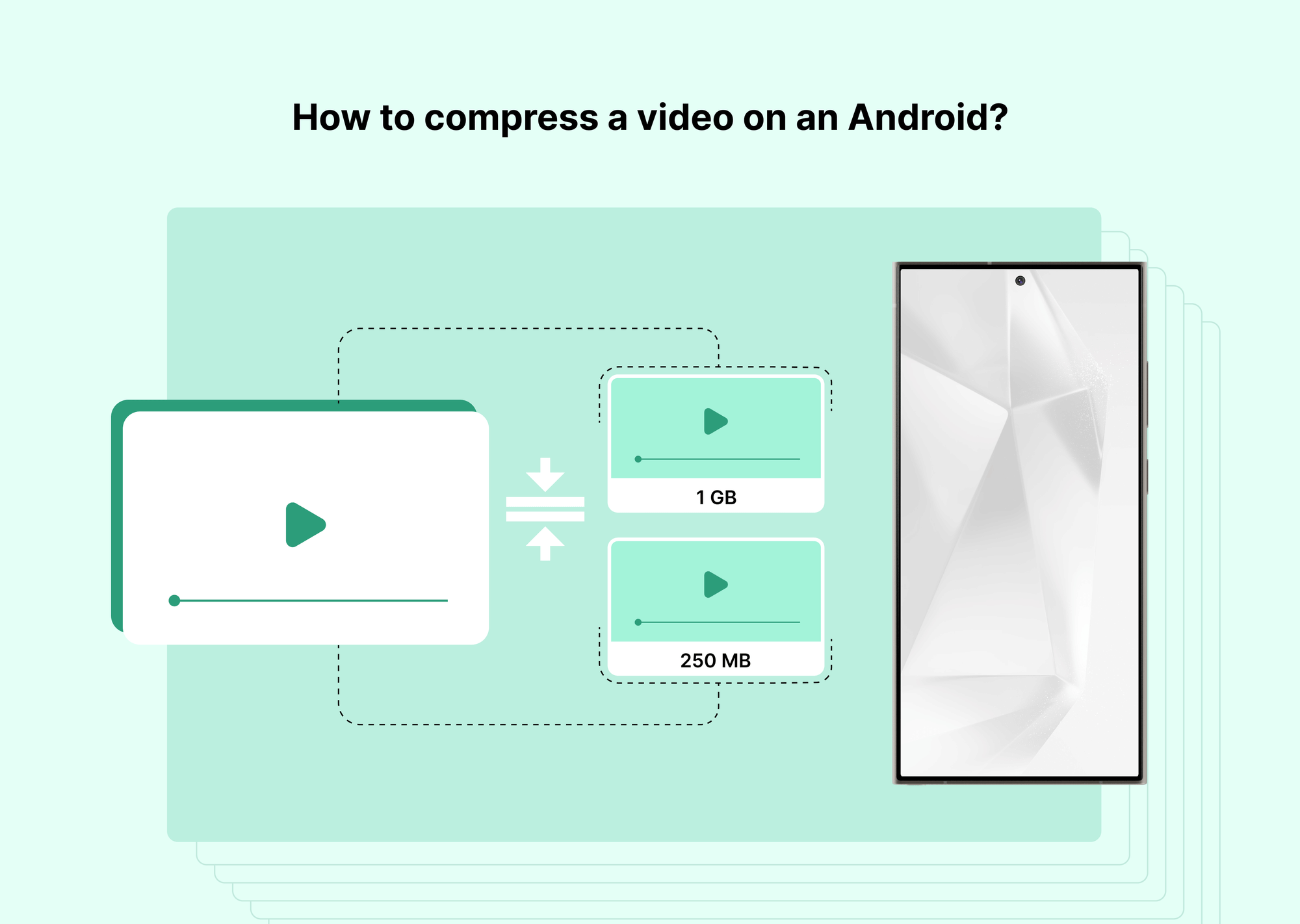Managing large video files can be a challenge, especially when you need to share or store them efficiently. In this blog post, we'll walk you through the process of compressing your videos using HandBrake—a free and powerful tool that balances quality and file size. Whether you're a beginner or looking to optimize your workflow, our step-by-step guide will help you achieve professional results with ease.
Installing HandBrake
Getting started with HandBrake is easy. Here’s how to install it:
- Download HandBrake: Visit the official HandBrake website and download the installer for your operating system (Windows, macOS, or Linux).
- Install HandBrake:
- On Windows: Run the installer file, follow the on-screen instructions, and click Finish once installed.
- On macOS: Drag and drop the HandBrake app into your Applications folder.
- Launch HandBrake: Open the application to ensure everything is working correctly.
With HandBrake installed, you're ready to start compressing videos.
How to Compress Video Using HandBrake Without Losing Quality?
HandBrake is a powerful tool, but to get the best results, you need to know how to use it effectively. Follow these steps to compress video with HandBrake while preserving quality.
Importing Your Video File
To begin your video compression, the first step is to import the required video file. Here’s how you can do that:
- Open HandBrake: Launch the software on your computer.
- Load the Source File:
- HandBrake supports various formats, including MP4, MKV, AVI, and MOV.
- Click Open Source and browse to the video file you want to compress.
Choosing a Preset
HandBrake offers several built-in presets optimized for different use cases.
Here’s how you can go about choosing a preset in HandBrake during your video compression process.
- Click on the preset button on the top bar.
- Select a preset based on your requirements. Some recommendations to keep in mind include:
- For quick compression with balanced quality, choose Fast 720p30.
- For higher quality, go with HQ 1080p30 or HQ 4K for UHD videos.
- Use Fast 720p30 for web uploads or smaller devices.
- Use HQ 1080p30 for streaming or archiving family videos.
Configuring Output Settings
To configure the settings of your final output file, follow these steps.
- Click Browse to set where your compressed video will be saved.
- Choose between MP4 (widely compatible) or MKV (better for higher quality with advanced features).
- If you wish to adjust your video resolution, downscale 1080p to 720p if file size is a concern.
- Choose Constant Frame Rate (CFR) for smooth playback, especially for web uploads.
Adjusting Video Codec Settings
To adjust video codec settings on your HandBrake interface, go to the “video” tool and find the options below.
- Start by choosing the code based on your requirements. Here are some points you can keep in mind to make a more informed codec choice:
- Then. use the RF (Rate Factor) slider to change the quality. A value between 18-22 gives excellent quality without excessive file sizes.
Tweaking Audio Settings
For tweaking audio settings, explore the “Audio” tab on your HandBrake application. Find the following options:
Then, select an audio codec based on your requirements. So, if you’re looking for efficient audio compression, go ahead with the AAC codec. You can also adjust the bit rate as per your liking. The general recommendation is to set the bitrate to 128 kbps for most cases or 192 kbps for higher-quality audio.
Starting the Compression Process
Double check all the settings you’ve put in for your video conversion. Once you’ve double checked the settings and want to begin the conversion process, click on the “start” button.
Once you do that, HandBrake will begin compressing the video, and the time required will depend on your video’s size and settings.
Why Choose HandBrake for Video Compression?
HandBrake stands out as a highly reliable and efficient tool for video compression, offering a host of features that cater to both beginners and advanced users. Whether you’re looking to reduce file sizes, optimize videos for web uploads, or customize every aspect of compression, HandBrake delivers unmatched flexibility and performance.
1. Easy-to-Use Interface
HandBrake’s user-friendly design makes it accessible to everyone, even those new to video editing or compression. The intuitive layout organizes features into straightforward sections like presets, video settings, and output options. This simplicity allows users to start compressing videos with minimal effort while still having access to advanced customization options if needed.
2. Cross-Platform Compatibility
One of HandBrake’s standout features is its compatibility with all major operating systems, including Windows, macOS, and Linux. This ensures that users on any platform can take advantage of its powerful compression capabilities. Furthermore, updates are regularly released across all platforms, keeping the tool optimized and functional.
3. Advanced Customization
For users who want full control over their video compression, HandBrake offers a wealth of advanced settings. You can fine-tune parameters such as:
- Codecs: Choose from H.264, H.265 (HEVC), and others for optimal compression and quality.
- Resolution: Adjust video resolution to match your playback requirements or reduce file size.
- Frame Rate: Optimize playback smoothness with constant or variable frame rates.
- Bitrate Control: Strike the perfect balance between file size and visual clarity.
These features make HandBrake more than just a basic video compression software—it’s a professional-grade tool suitable for diverse use cases.
4. Free and Open-Source
Unlike many video editing and compression tools that require costly licenses or subscriptions, HandBrake is completely free to download and use. Its open-source nature not only makes it accessible to everyone but also means that the tool benefits from a global community of developers who continuously improve its functionality and security.
5. Wide Format Support
HandBrake supports a vast array of video formats, including the widely-used MP4 and MKV. It can also process less common formats like AVI and MOV, making it versatile enough to handle almost any video file. Additionally, its ability to output videos in high-efficiency formats ensures compatibility with a wide range of devices and platforms.
6. Ideal for Different Use Cases
HandBrake is suitable for a variety of applications:
- Web uploads: Optimize videos for platforms like YouTube or social media by using presets for fast compression.
- Storage savings: Reduce file sizes without significant quality loss to save storage on devices or cloud services.
- Professional workflows: HandBrake’s ability to maintain high-quality output makes it an excellent choice for professionals needing precise control over their video assets.
With its combination of ease-of-use, advanced features, and zero cost, HandBrake is a top choice for anyone looking to compress videos efficiently!
Common Troubleshooting Issues
While HandBrake is widely regarded as a reliable and user-friendly tool, you may encounter occasional issues during video compression. Below are some common problems and their solutions to help you address them effectively.
Error Loading Source File
The Problem:HandBrake may fail to load your video file, displaying an error message or refusing to process the file. This issue usually stems from unsupported formats, file corruption, or installation glitches.
The Solution:
- Verify File Format: HandBrake supports popular formats like MP4, MKV, AVI, and MOV. If your file is in a format HandBrake doesn’t recognize, convert it using another tool or check if it’s mislabeled.
- Check File Integrity: Open the file in a media player (e.g., VLC or Windows Media Player). If the video doesn’t play, it may be corrupted. Re-download or obtain a new copy of the file if possible.
- Reinstall HandBrake: If the issue persists despite the file being compatible and functional, uninstall HandBrake and reinstall the latest version from the official website. This can resolve problems caused by a faulty installation.
Output File Not Playing
The Problem:After compressing your video, the output file may not play on your device or media player. This is often due to unsupported codecs, incompatible formats, or device-specific limitations.
The Solution:
- Use MP4 Format: The MP4 format offers maximum compatibility across devices and platforms. If you used MKV or another format, try re-encoding the video as MP4.
- Choose the Right Codec: While H.265 (HEVC) offers better compression, not all devices support it. Opt for H.264, which is universally compatible.
- Test on VLC Media Player: VLC is a versatile player that supports nearly all video formats. If the file plays in VLC but not elsewhere, the issue lies with the device or software being used. Consider converting the file to a more widely supported format.
Fixing Poor Video Quality Post-Compression
The Problem:After compression, the video appears pixelated, blurry, or lacks detail. This is usually due to over-compression, improper settings, or excessive downscaling.
The Solution:
- Adjust the RF Value: In HandBrake’s quality slider, lower the RF (Rate Factor) value to 18-20. This setting balances compression and quality, reducing the chances of noticeable artifacts.
- Maintain Resolution: Avoid downscaling the video resolution unnecessarily. For example, if your source video is 1080p, compress it at the same resolution unless you have specific storage or playback constraints.
- Use HQ Presets: HandBrake’s HQ presets (e.g., HQ 1080p30 or HQ 720p30) are optimized for maintaining video quality. These presets automatically configure advanced settings to deliver high-quality output.
- Bitrate Control: If quality is still poor, manually set the video bitrate to ensure sufficient data for visual clarity. This is particularly useful for highly detailed or fast-moving videos.
By following these troubleshooting steps, you can resolve most issues encountered when using HandBrake to compress video, ensuring smooth processing and high-quality results.
Conclusion
With Handbrake's ability to handle various formats and provide fine-tuned control over compression settings, it’s a go-to tool for anyone dealing with video content. What sets HandBrake apart is its balance of simplicity and depth. Beginners can easily navigate its preset options for quick and effective compression, while more advanced users can delve into the customization features to tailor output settings to their exact needs. Its cross-platform compatibility ensures accessibility for users on Windows, macOS, and Linux, making it a universally reliable choice.
As a free and open-source software, HandBrake is not just cost-effective but also community-driven, ensuring continuous updates and improvements. By following the steps and troubleshooting tips in this guide, you can harness the full potential of HandBrake to compress videos efficiently without compromising quality.
FAQs
1. Do you lose video quality with HandBrake?
HandBrake can compress videos with minimal quality loss when configured correctly. By using settings like the H.264 codec and keeping the RF value between 18-22, you can achieve excellent compression while maintaining a clear and sharp video output.
2. Is HandBrake completely free?
Yes, HandBrake is entirely free and open-source. It can be downloaded and used by anyone without any licensing fees, making it accessible for both casual users and professionals.
3. Can HandBrake compress 4K videos?
Absolutely! HandBrake supports 4K compression and offers options like the H.265 (HEVC) codec, which provides high compression efficiency while preserving the fine details of UHD content.
4. What are some alternatives to HandBrake for compressing videos?
Alternatives to HandBrake include tools like FFmpeg for advanced users, Adobe Media Encoder for professional workflows, and VLC Media Player for basic compression tasks. However, HandBrake remains a favorite due to its intuitive interface and extensive customization options.
5. Is HandBrake safe to use?
Yes, HandBrake is safe when downloaded from its official website. It is free of malware, bloatware, and adware, ensuring a secure and reliable experience for users.




